Can you part with some of your moss? Tropical seeds offered
joanmary_z10
18 years ago
Related Stories

HOLIDAY HOME TOURS4 Home Tour Dazzlers Offer Holiday Decor Inspiration
Local designers offer holiday takes from minimalist to traditional, with fresh colors, artful arrangements and even reusable decor
Full Story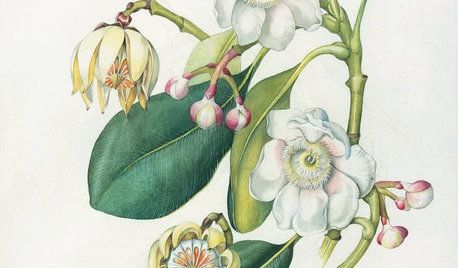
FLOWERSBotanical Art Offers a Glimpse of Brazil’s Magical Flora
As the Olympics in Brazil kick off, an exhibit at London’s Kew Gardens showcases the diverse plant life of the South American nation
Full Story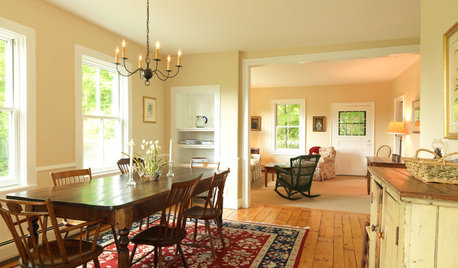
TRAVEL BY DESIGN9 Vacation Farmsteads Offer a Taste of Country Life
Have a hankering for fresh air and even fresher food? Try a farmhouse, cabin or well-equipped tent for your next vacation
Full Story
CONTAINER GARDENS8 Easy Container Plants to Grow From Seed
Get beautiful blooms and herbs in summer by starting these choice garden picks from seed in spring
Full Story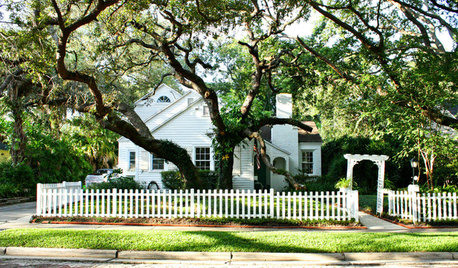
TREESGreat Design Plant: Southern Live Oak Offers an Unbeatable Canopy
Keep it dense or prune it for more light. No matter how you grow Quercus virginiana, it’s a majestic addition to its native landscape
Full Story
TASTEMAKERS'The Collected Home' Offers a Wealth of Design Tips
From planning to decorating, the father of 'new traditionalist' style dishes out scads of design suggestions you might never have considered
Full Story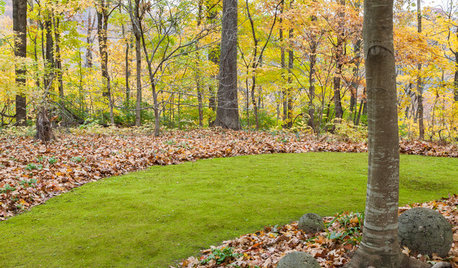
LANDSCAPE DESIGNMoss: Nature’s Carpet for the Garden
Learn how to grow and use this ancient and mysterious natural wonder for delightful texture in the landscape
Full Story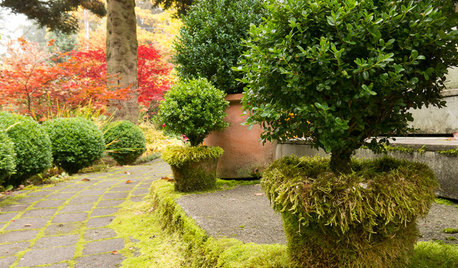
LANDSCAPE DESIGNEvoke Mystery and History With Moss in the Garden
Go ahead, lie about age. Moss on garden statues, planters and pavers creates the beautifully deceptive look of time’s passing
Full Story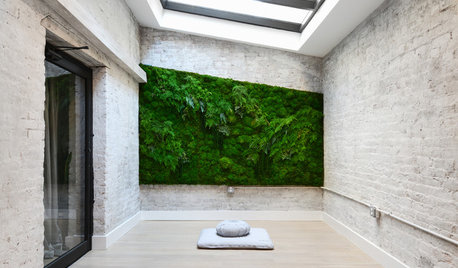
GREEN BUILDINGWorld of Design: The Joy of Moss and Its Modern Uses
This great design plant is 400 million years in the making. See how it’s inspiring art, soothing spaces and building design
Full Story
FEEL-GOOD HOMEThe Question That Can Make You Love Your Home More
Change your relationship with your house for the better by focusing on the answer to something designers often ask
Full StorySponsored






deep_woods
joanmary_z10Original Author
Related Professionals
Paradise Landscape Architects & Landscape Designers · Surprise Landscape Contractors · Lebanon Landscape Contractors · Peachtree City Landscape Contractors · Yukon Landscape Contractors · Maplewood Landscape Contractors · Bronx Roofing & Gutters · Manassas Roofing & Gutters · Colonia Roofing & Gutters · Castle Rock Decks, Patios & Outdoor Enclosures · Chicago Decks, Patios & Outdoor Enclosures · Justice Decks, Patios & Outdoor Enclosures · Miami Decks, Patios & Outdoor Enclosures · Rancho Palos Verdes Decks, Patios & Outdoor Enclosures · Somerville Decks, Patios & Outdoor Enclosuresjoanmary_z10Original Author
deep_woods